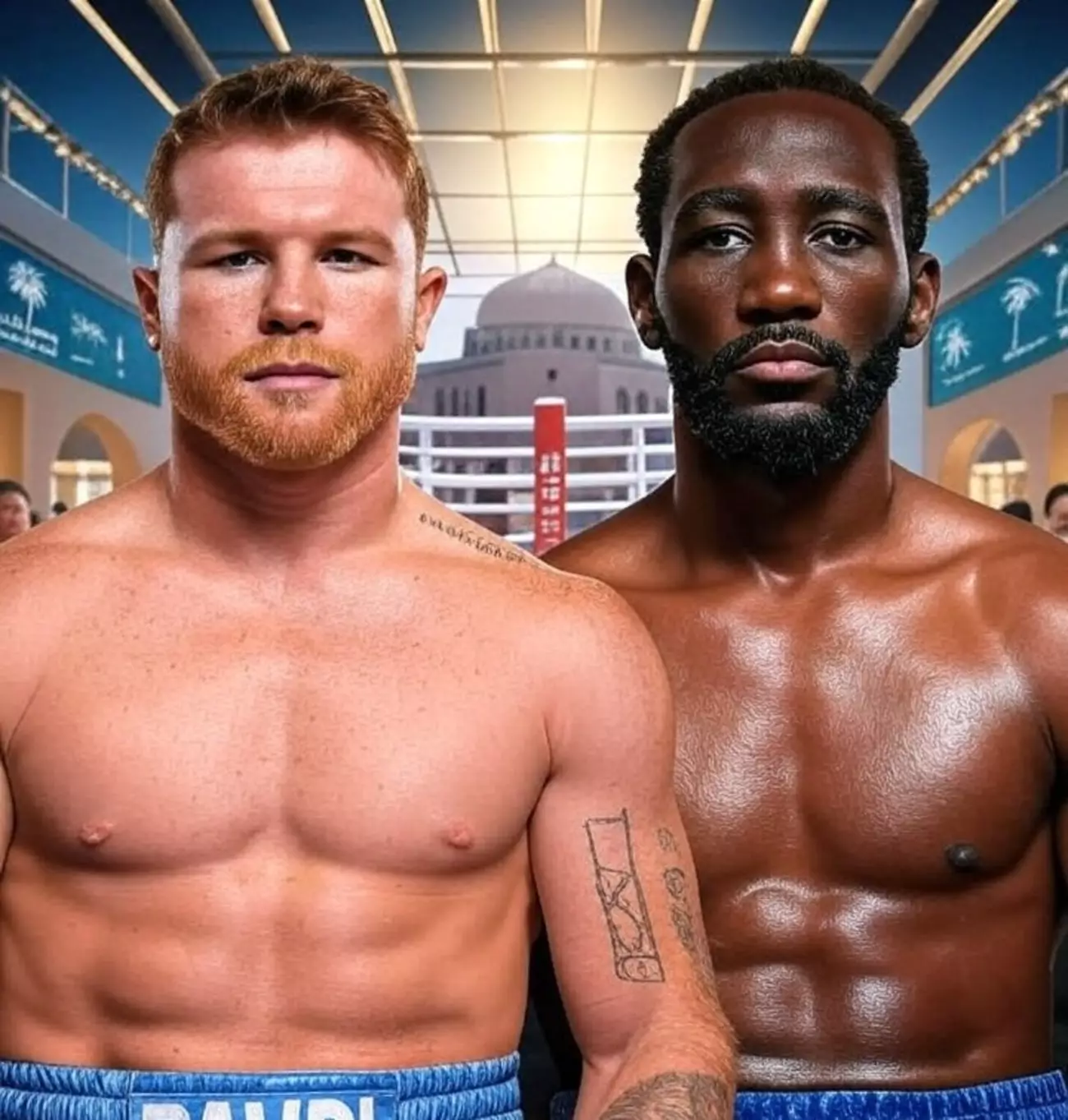In a sport saturated with rivalries and title defenses, few fights promise the revolutionary impact of the upcoming showdown between Saul “Canelo” Álvarez and Terence “Bud” Crawford. Scheduled for September 13 in the glittering Allegiant Stadium in Las Vegas, this bout is more than just a clash of titans; it’s a narrative-defining event that challenges conventional notions of greatness and legacy. As someone deeply engaged with boxing’s evolution, I am compelled to assert that this fight signifies a seismic shift—an affirmation that boxing, at its core, remains unpredictable, dramatic, and capable of rewriting its own history. What makes this bout truly captivating is not merely the matchup itself but the manner of its presentation—a groundbreaking, accessibility-driven broadcast that could revolutionize how fans engage with the sport.
Historically, encounters between undisputed champions—especially at a weight class as competitive as super middleweight—are rare jewels. Crawford’s recent rise to unification after dominating the welterweight division and Canelo’s tenure as a stalwart at 168 pounds position this fight as a confluence of two distinct eras in boxing. It is a collision that will test not only technique and power but also the resilience of legacy in an increasingly commercialized sport. Such a match, rooted in the very essence of competition, has the potential to transcend traditional boxing boundaries, reaching a global audience through innovative streaming technology and grassroots promotion.
Revolutionizing Boxing’s Accessibility and Global Reach
What makes this event even more compelling is its distribution model. For the first time in history, a fight of this magnitude will primarily stream on Netflix—home to over 300 million subscribers worldwide—without the convoluted pay-per-view obstacle that traditionally restricts access. This move signifies a bold gamble that could democratize boxing’s viewership, making high-profile fights accessible to casual fans, international audiences, and those previously priced out of pay-per-view models. By including prelims for free on platforms like Tudum, TKO’s YouTube, and WWE’s YouTube channel, the organizers are challenging the industry’s norms and emphasizing a future where entertainment and sport are seamlessly integrated.
This strategy demonstrates an understanding that in today’s digital age, accessibility and broad distribution are key to sustaining a sport’s relevance. It’s not just about the fight itself but about how boxing adapts to a fast-changing media landscape, where traditional broadcasters struggle to retain younger demographics. Netflix’s involvement isn’t merely a commercial collaboration; it’s a statement that boxing must evolve or risk obsolescence. We are witnessing a paradigm shift—one that could set a precedent for future mega-fights to be more inclusive, more engaging, and potentially more profitable in the long term.
Strategic Matchup: Styles, Strengths, and Legacy
From a stylistic perspective, this battle is a chess match between two boxing geniuses. Crawford’s sharp timing, technical precision, and defensive mastery will be pitted against Canelo’s devastating power, body work, and relentless pace. The question isn’t purely about who is better but whether Crawford’s finesse can neutralize the sheer physical advantage Canelo brings as a natural super middleweight. This fight goes beyond titles; it’s about how fighters adapt and evolve in pursuit of legacy.
Crawford’s dominance at welterweight, unifying all four belts in an explosive display of mastery, has positioned him as one of the most complete fighters today. Meanwhile, Canelo’s longevity, his ability to adapt across multiple weight classes, and his polished offensive arsenal have cemented him as a defining figure of the modern boxing era. Their styles give fans a compelling narrative—power versus finesse, experience versus youthful vigor—each fighter embodying a facet of boxing’s ancient debate about what truly defines greatness.
The implications of this fight extend beyond the ring. It’s a test of the fighters’ ability to handle pressure, a measure of their place in history, and a reflection of boxing’s ongoing effort to redefine its cultural significance. It’s not simply a contest of belts but a statement—one that could elevate boxing’s global profile while inspiring a new generation to believe in the sport’s capacity for innovation and excitement.
Beyond the Ring: The Future of Boxing Amidst Innovation and Controversy
Looming behind this marquee event are broader questions about the sport’s future. The initial vision of a sprawling, multi-day fight festival—a spectacle including over twenty bouts—suggested a desire to emulate combat sports festivals of the past. Although this plan has been scaled back, the very fact that organizers considered it indicates a recognition that boxing needs to embrace spectacle in new ways. It’s a sign of an industry wrestling with its identity, seeking to marry tradition with modern entertainment demands.
Boxing’s history is riddled with missed opportunities, often marred by politics, promotional conflicts, and fragmented fanbases. Still, events like Canelo vs. Crawford symbolize that the sport is resilient—capable of reinventing itself and captivating audiences through innovation. With the event’s broad media strategy—distributed across platforms and accessible globally—it’s clear that boxing’s future is inextricably linked to digital transformation. The sport’s survival hinges on its ability to stay relevant amidst an entertainment landscape dominated by streaming giants, social media, and viral content.
The impending clash between Canelo Álvarez and Terence Crawford isn’t just another fight; it’s a defining moment—a crossroads where tradition meets innovation, and legacy is forged anew. As a critic and lifelong observer, I believe this event will serve as a catalyst, forcing the sport to rethink its models, broaden its horizons, and ultimately reaffirm its place in the world of entertainment. Boxing isn’t merely about who wins or loses; it’s about how the sport adapts and thrives in the face of change, and this fight will be remembered as a testament to its resilience and unyielding spirit.

